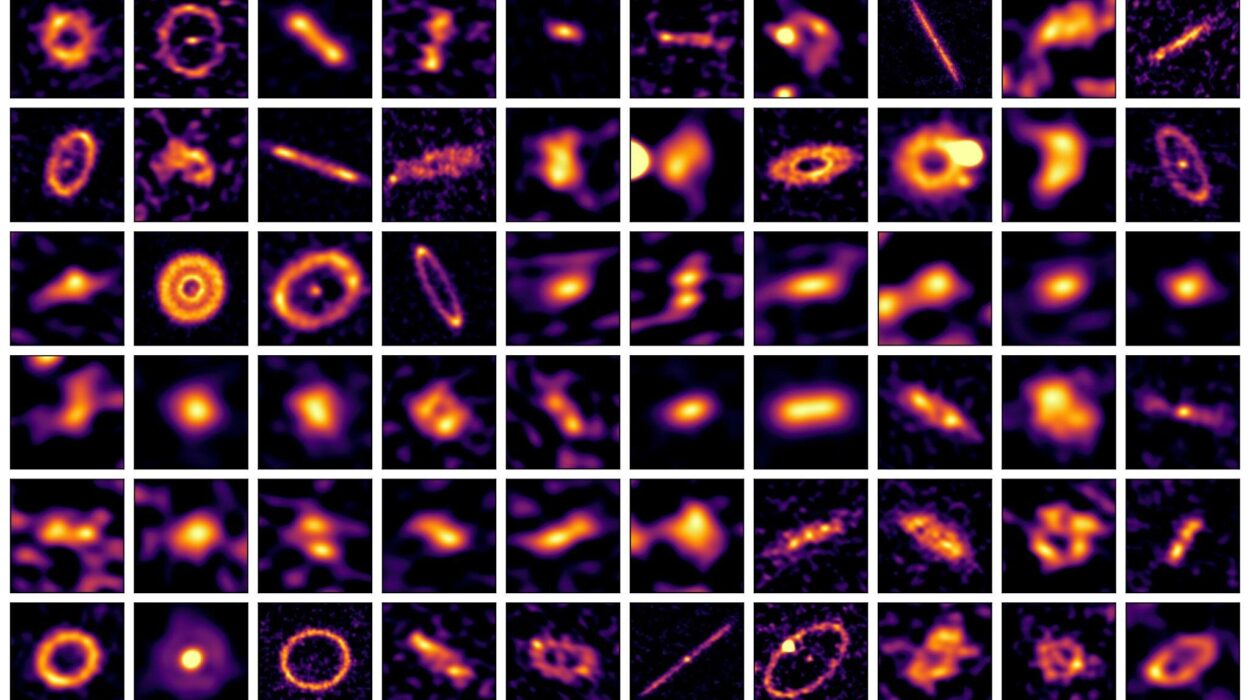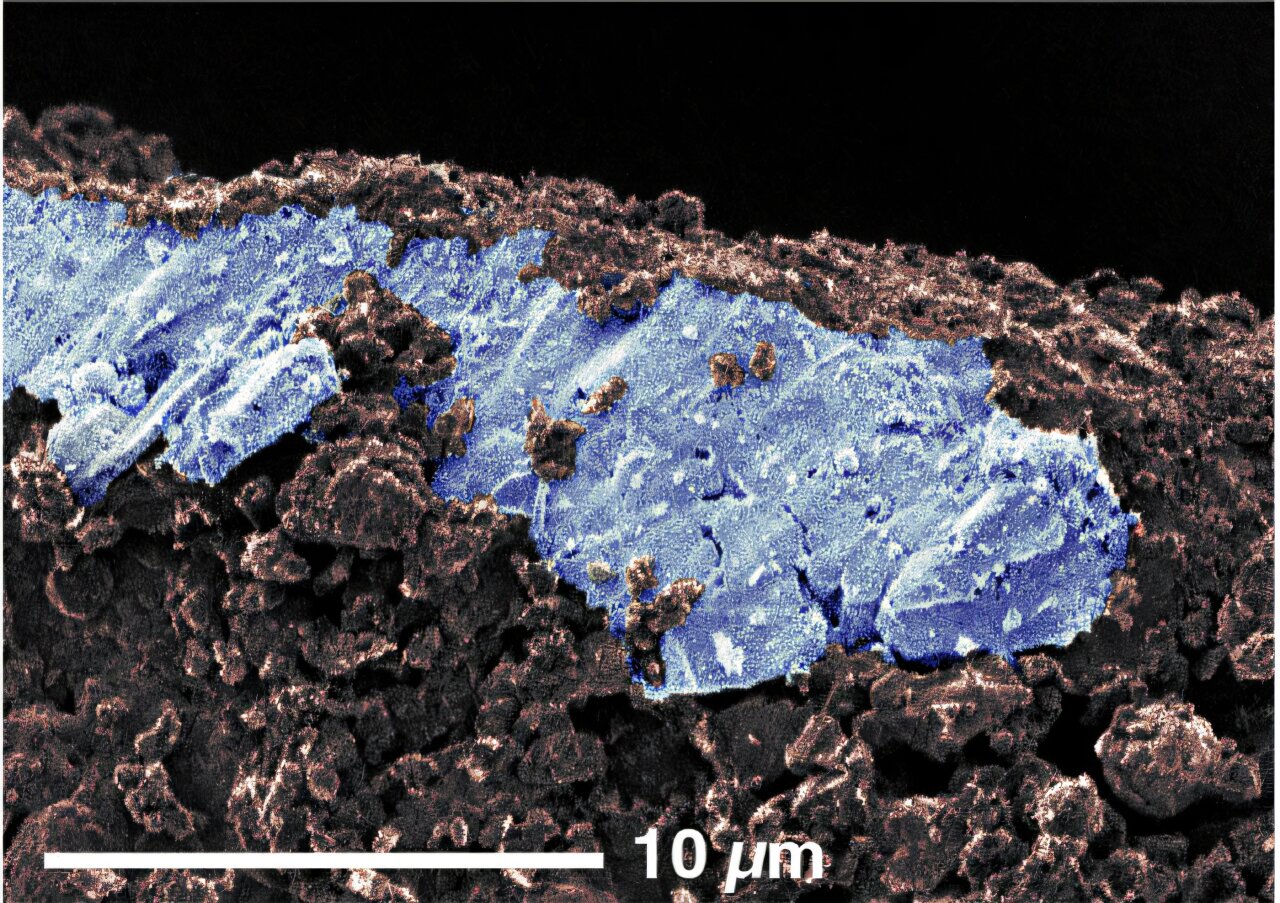For the first time, astronomers have successfully imaged dozens of belts around nearby stars, where comets and small pebbles orbit. These discoveries, published in the journal Astronomy & Astrophysics, mark a groundbreaking milestone in our understanding of the role comets play in the formation of stars and planetary systems.
The study revealed data from 74 stars of varying ages, ranging from those recently formed to others that are billions of years old. This diversity offers insight into how comets—those icy and rocky remnants from the early days of planetary formation—help shape the evolution of stellar systems. In these far-off regions, which are eerily cold, comets exist as frozen bodies of rock and ice, orbiting around their host stars in a similar fashion to the Kuiper Belt in our own solar system. These findings push the boundaries of what we know about the formation of planetary systems beyond our own.
To identify and capture evidence of comets beyond our solar system, referred to as “exocomets,” astronomers turned to two advanced observatories specializing in detecting specific radio wave bands. These radio waves are emitted by the small rocks and ice particles in exocometary belts, making these instruments particularly well-suited for capturing their presence.
The two facilities instrumental in this discovery are the Submillimeter Array (SMA) and the Atacama Large Millimeter/submillimeter Array (ALMA), both of which provide a unique method for imaging distant cosmic structures. The SMA, located on the summit of Maunakea in Hawaii, consists of eight radio dishes and is managed by the Smithsonian Astrophysical Observatory as part of the Center for Astrophysics | Harvard & Smithsonian (CfA). The ALMA array, with its 66 dishes in the Atacama Desert in Chile, is among the most powerful radio telescope arrays in the world.
Together, these observatories have conducted a joint program known as REASONS (REsolved ALMA and SMA Observations of Nearby Stars), which has made it possible to study exocometary belts in unprecedented detail. The program’s success lies in its ability to reveal the locations of pebbles and exocomets within these belts, shedding light on the structure of these distant cosmic regions.
One of the most fascinating aspects of the study is the discovery of temperatures in these belts ranging from -250 to -150 degrees Celsius. At these frigid temperatures, most substances, including water, exist in solid form, turning the comets into frozen reservoirs of ice. These icy bodies could be seen as the building blocks for the formation of planets in these distant systems, much like comets in our own solar system may have helped deliver water to the inner planets, including Earth.
Luca Matrà, the lead author of the study, explains the composition of these belts: “Exocomets are boulders of rock and ice, at least a kilometer in size, which smash together within these belts to produce the pebbles that we observe here with the ALMA and SMA arrays of telescopes.” Matrà, who conducted this research while a postdoctoral fellow at the CfA, emphasizes that such exocometary belts are found in at least 20% of planetary systems, including our very own solar system.
One of the best-known examples of a cometary belt is the Kuiper Belt, which lies far beyond the orbit of Pluto in our solar system. This region is thought by many scientists to be the source of water that was delivered to the inner solar system, possibly even aiding in the emergence of life on Earth billions of years ago. The Kuiper Belt is composed of a mixture of comets, asteroids, and other icy bodies. Understanding how other stars’ cometary belts function offers a window into the processes that could occur in other planetary systems, potentially even leading to the development of habitable worlds.
The study provided an extraordinary view of the structural diversity in these exocometary belts. While some belts resemble narrow rings, others appear more like expansive disks. This difference in shape could be due to various factors, including the presence of planets or other gravitational influences. In some cases, multiple rings or disks were observed within a single system, and some of them displayed eccentric orbits, meaning they were more oval than circular. This suggests the possible existence of undetected planets or moons whose gravity is affecting the distribution of the rocky and icy pebbles within these belts. The fact that some belts are eccentric in nature raises the intriguing possibility of hidden gravitational forces at play within these systems.
David Wilner, a co-author of the study and an astrophysicist at the Smithsonian Astrophysical Observatory, praised the use of the ALMA and SMA arrays, calling them “extraordinary tools” that continue to yield groundbreaking insights into the universe. Wilner also noted the collaborative nature of the REASONS program, pointing out that it required contributions from a wide community of astronomers, making it an effort of significant scientific value.
The REASONS dataset not only provides crucial insights into the current state of exocometary belts but also sets the stage for future research on the birth and evolution of these cosmic regions. The data gathered by the ALMA and SMA telescopes will be vital for understanding the dynamic processes that shape these belts, and follow-up studies are expected to delve even deeper into their structure and composition. Future observations are also planned with upcoming telescopes such as the James Webb Space Telescope (JWST), which promises to provide even more detailed views of distant star systems. Additionally, the next generation of Extremely Large Telescopes (ELTs) and future upgrades to the ALMA array will enable scientists to zoom in further on the finer details of these belts, unlocking new layers of knowledge about planetary system formation.
Ultimately, the discovery of these exocometary belts and their detailed imaging represents an important step in understanding the complex processes that occur in the formation of stars and planetary systems. By observing the structure and dynamics of these belts, astronomers are not only gaining insights into how exocomets and their surrounding pebbles contribute to the development of planets but also how other star systems evolve over time. This research has the potential to significantly deepen our understanding of the origins of planetary systems and the role comets play in the broader cosmic narrative.
More information: L. Matrà et al, REsolved ALMA and SMA Observations of Nearby Stars (REASONS): A population of 74 resolved planetesimal belts at millimetre wavelengths, Astronomy & Astrophysics (2024). DOI: 10.1051/0004-6361/202451397






